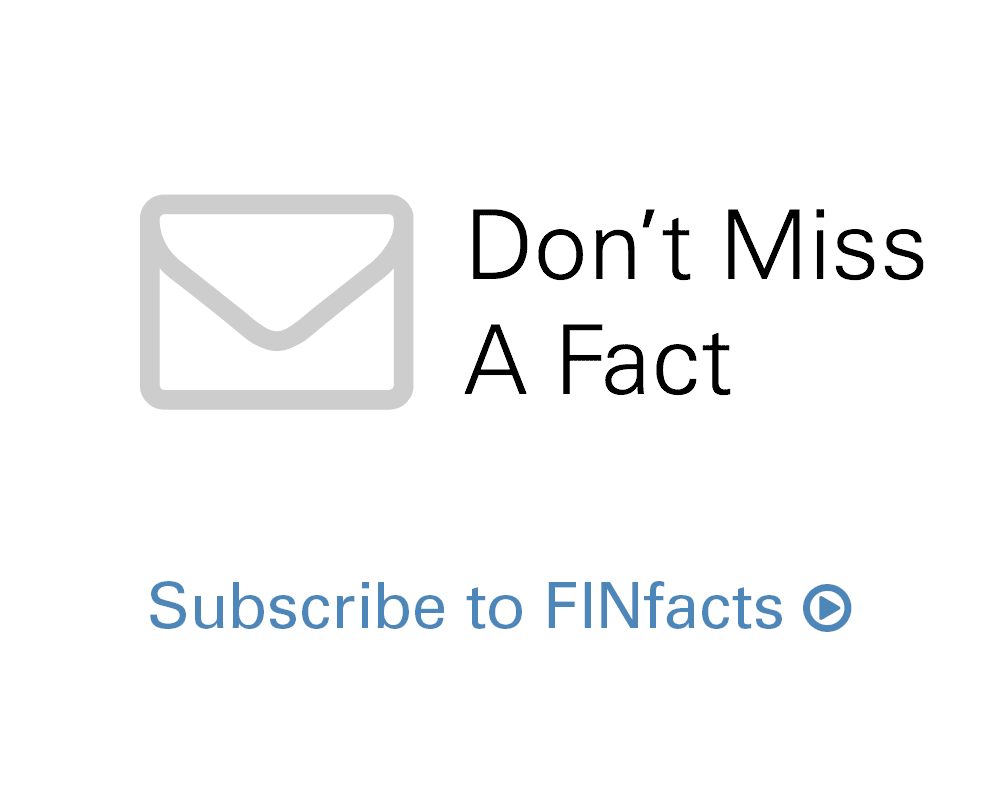
One of the most prominent features of capital markets over the past several decades has been the “Fed put.” A put provides insurance against asset prices falling below a certain level. The idea is that the Fed will raise rates to combat inflation, but if there is a significant decline in the stock market, the bank will drop rates. Besides interest rate policy, the Fed has implemented quantitative easing since 2008. QE is the direct purchase of long-term Treasuries and other securities, which brings down long-term interest rates and provides a buyer of last resort. An example of the Fed put was in 2010, when the bank began a second round of quantitative easing while the market was still struggling with the effects of the recession.
Recent developments raise the question of whether the Fed put still exists in the current market. The S&P 500 is down 15% this year, the 10 yr Treasury has increased by nearly 1.50%, and the GDP print for Q1 was -1.4%. Many expect that GDP growth will be negative in Q2, meeting the technical definition of a recession. Yet, the Fed has stuck to its stated intention of raising rates until there is a significant decrease in inflation. The magnitude and pace of increases have only increased at successive Fed meetings. The minutes from the most recent meeting indicate that the Fed is willing to go further and faster and may keep rates above the “neutral” level of 2.5% for some time.
Additionally, the Fed has started to remove liquidity from the market by ending quantitative easing. Per CNBC, “Starting on Wednesday, the Fed will begin reducing its holdings of Treasury securities, agency debt, and agency mortgage-backed securities by a combined $47.5 billion per month for the first three months. After this, the total amount to be reduced goes up to $95 billion a month… The reduction will occur as maturing securities roll off the Fed’s portfolio and proceeds are no longer reinvested.”
The question now becomes whether the Fed will stick with these policies if they result in a recession, a rise in the unemployment rate, and a slowdown in the housing market. In the short term, it appears that the Fed will continue to hike rates, but this may change as the market evolves.
By Matt Kirisits, Vice President at George Smith Partners


